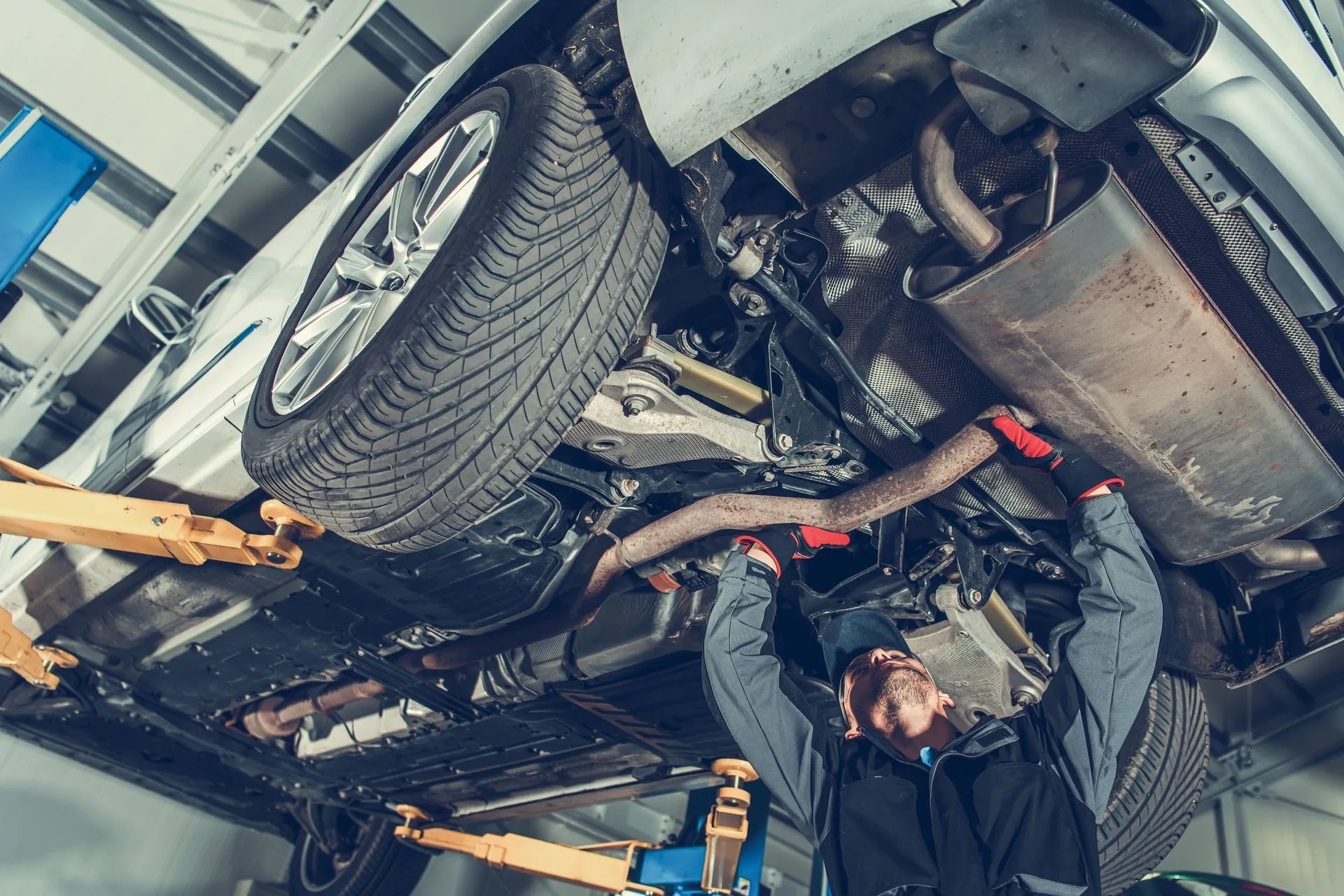Diagnose and Resolve Advanced Steering and Suspension Issues with Ease

Are you experiencing steering and suspension problems with your vehicle? Maybe you’ve heard unfamiliar noises coming from the axles or a feeling of instability when you drive. These issues can arise from a variety of causes, ranging from worn-out tires and shocks to broken wheel alignment, worn tie rods, and worn-out bushings. While these issues are relatively easy to diagnose, they can take some time to evaluate and fix properly. Advanced steering and suspension issues, on the other hand, can be complex and require expert diagnosis and repair.
Examples of these issues include broken camber arms and bent suspension components. Fortunately, with the right guidance, these types of problems don’t have to be a headache. To properly diagnose and fix advanced steering and suspension issues, it’s best to take your car to an experienced mechanic who has the tools and resources to address these problems. If you’re looking to save money, you may be tempted to tackle these issues yourself.
However, attempting to fix advanced steering and suspension problems without specialized expertise can put you, your passengers, and other drivers at risk. Thankfully, the costs associated with professional repair are often the same or less than attempting the repair yourself. So make sure you get the job done correctly and go with someone who has the necessary skills and experience to diagnose and fix advanced steering and suspension issues.
Diagnosing Advanced Steering and Suspension Issues
It’s important to accurately diagnose advanced steering and suspension issues, as they can be difficult to resolve. Here are a few tips for diagnosing problems:
- It is important to regularly check for any possible leaks, cracks, or damages in the suspension system of your vehicle. This could include looking for any signs of leaking fluids, inspecting the shocks and springs for any damage or cracks, or checking for any signs of wear and tear on the bushings or other suspension components. Additionally, it is important to keep an eye out for any unusual noises or handling issues, which can indicate a problem with your suspension system. It is recommended to have your suspension system inspected by a professional at least once a year in order to keep your vehicle running in a safe and efficient manner.
- Measure the suspension components for signs of wear, such as scratches, dents, cracks, rust, or nicks. Inspect components for irregularities in size, including inconsistencies in width or length, as well as signs of warping or bending. Also, look for any differences in shape, such as changes in the radius or deviation from the original design. Carefully examine all the parts for signs of damage, wear, or aging and ensure that they are still in good working condition.
- Taking a test drive of the vehicle is an important step in the process of purchasing a car. It will give you the opportunity to identify and evaluate any issues with the car’s stability or handling. You should keep an eye out for any unusual vibrations in the steering wheel, or any feeling that the car is not handling in a smooth or responsive manner. It is also a good chance to get a feel for how the vehicle accelerates, brakes, and corners. Keep an eye out for any strange noises when you take corners, press the brakes, and accelerate. Make sure to pay attention to the car’s electronics, and check that all the dash lights are functioning correctly. Test drives should be taken in a variety of conditions, such as city driving and highway driving. Once you have identified any potential problems with the car, then you can make a more informed decision as to whether or not to purchase it.
- It is highly recommended that you have a qualified mechanic check your steering and suspension system thoroughly and minutely to identify any issues or defects in the system. The qualified mechanic should also check for any loose, broken, or frayed parts, misalignment of parts, or worn-out parts. They should also inspect the tires, ball joints, and any associated steering joints. Furthermore, they need to make sure the steering linkage is connected securely and aligned correctly. The mechanic should also look for signs of fluid leaks. Finally, they should check the system for worn and damaged components and advise you on their condition and the recommended solutions.
Fixing Advanced Steering and Suspension Issues
Once the cause of the problem is identified, the most effective way to fix advanced steering and suspension issues is to replace the damaged or worn-out parts. Here are some common solutions:
- Installing new suspension struts or shocks to improve handling and reduce noise.
- Replacing a damaged or corroded sway bar to reduce body roll when cornering.
- Replacing worn-out ball joints or bushings to restore vehicle stability.
- Installing new tires or swapping old ones to balance out tire wear and ensure safe handling.
Advanced steering and suspension issues can be tricky to diagnose and resolve, but with the right guidance, they don’t have to be a problem. Be sure to inspect all components of the system for signs of damage or wear, and have a qualified mechanic check for any additional problems. By replacing the damaged or worn-out parts, you can restore steering and suspension performance and ensure safe trouble-free driving.
